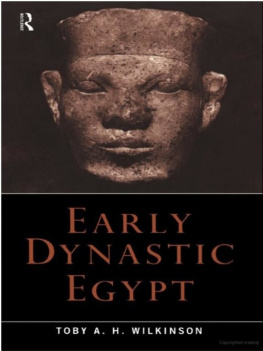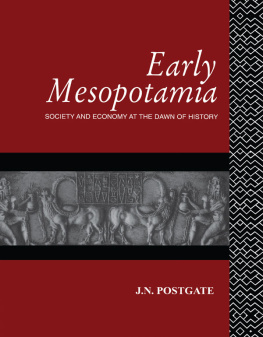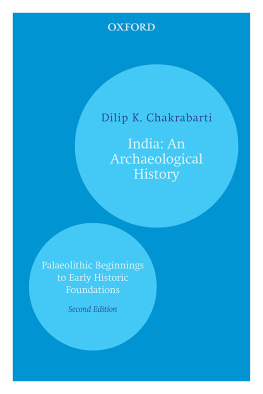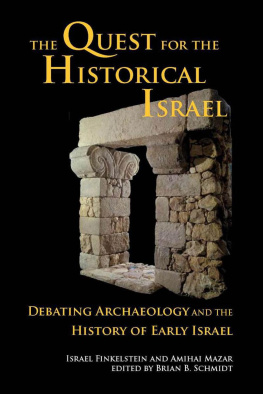I am very grateful to the many individuals and institutions that made this book possible.
I thank the following generous institutions whose fellowships gave me the time to think about, write, and revise my ideas: the Getty Foundation, the Warburg Institute of the University of London, and The American Academic Research Institute in Iraq.
I thank McGuire Gibson for inviting me to participate in the final publication of the Inana Temple excavations at Nippur and for encouraging me to incorporate unpublished Inana Temple materials into my study. I also thank Clemens Reichel for permitting me to cite unpublished data from the Diyala Excavations; this material is currently being prepared for publication on the Diyala Virtual Archive (www.diyalaproject.edu).
I thank the following individuals who read this manuscript at various stages and provided much-needed encouragement, inspiration, advice, and guidance: Robert D. Biggs, Madeleine Cody, Paul Collins, McGuire Gibson, Tom Hardwick, Oscar White Muscarella, Edward L. Ochsenschlager, Holly Pittman, Vincent van Exel, Karen Wilson, Christopher Woods, and Richard L. Zettler.
I thank Henry Taylor for the many discussions on Early Dynastic sculpture and Lauren Crampton and my Bryn Mawr College graduate seminar for their foray into Sumer.
David Morgan sent me the page proofs of his introduction to Religion and Material Culture: The Matter of Belief, and Paul Taylor sent me the text of his lectures, Gombrich and the Idea of Primitive Art and Henri Frankfort, Aby Warburg and Mythopoeic Thought. Tom Hardwick sent me his article Five Months Before Tut: Purchasers and Prices at the MacGregor Sale, 1922. Tom Urban sent me the page proofs for Iconoclasm and Text Destruction in the Ancient Near East and Beyond. I thank all these individuals for sharing these materials.
I thank Kashia Pieprzak for her assistance with nineteenth-century French terminology.
I thank the Department of Ancient Near Eastern Art at the Metropolitan Museum of Art for supporting me during the early phase of this study. In particular, I thank Kim Benzel for her encouragement and Jean-Franois de Laprouse for his assistance with the examination of Early Dynastic sculpture.
Of course, all errors are my own.
The American Academic Research Institute in Iraq also provided financial support for the images reproduced in this book. For assistance with images, I would like to thank, in addition to many of the above-mentioned individuals, Mark Altaweel, Alessandra Biagianti, Pascal Butterlin, Nina Cummings, Catherine Giraudon, Thomas Haggerty, Ian Jenkins, Michael Kane, Kathleen Langjahr, John A. Larson, Lia Melemenis, Philippe Mennecier, Sean Molin, Michael North, Neal Stimler, Emma Stower, and Sarah Uttridge. I also thank the Directorate General for Antiquities and Museums of Syria for permission to reproduce images of objects in the collections of the National Museums.
Some of the ideas in this book were presented on the following occasions: History of Scholarship Seminar, Warburg Institute, London; Visual Culture Colloquium, Bryn Mawr College; Mari, ni est ni ouest? 75 ans de dcouvertes archologiques Tell Hariri (conference), Damascus; Eastern Tigris Region Colloquium, Heidelberg; Theoretical Archaeology Group (TAG) annual meeting, New York; Sixth International Congress on the Archaeology of the Ancient Near East (ICAANE), Rome; Ritual in the Ancient Near East seminar, Columbia University; the Charles K. Wilkinson Lecture Series, the Metropolitan Museum of Art, New York; College Art Association (CAA) annual conference, Boston; American Schools of Oriental Research (ASOR) annual meeting, Philadelphia. I am grateful for the constructive feedback that I received.
I thank Cambridge University Press for accepting my manuscript for publication and for the care with which Helen Wheeler, James Dunn, and the production team transformed it into a book. I also thank the anonymous reviewers for their helpful comments.
Donald P. Hansen first encouraged my interest in the Early Dynastic period. From him, I learned that art historical inquiry should be situated in both the archaeological record and a firsthand knowledge of fieldwork. I often wonder what he would have thought about the way I have applied his lessons; I miss the chance to ask him.
Without the support of my husband, Vincent, there may have been a book, but certainly there would have been none of the joy. And thank you, Marieke Dahlia, for your lovely in- and ex-utero companionship during the final revisions and production of this book.









